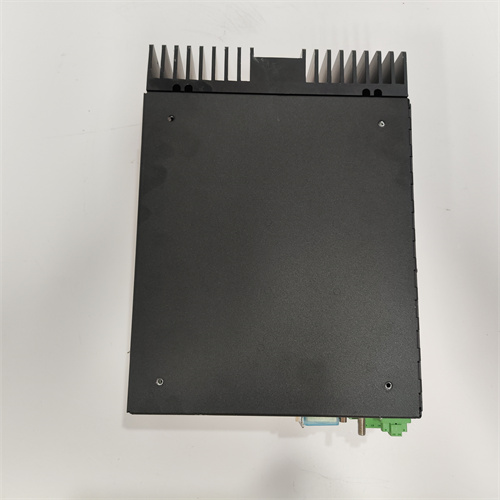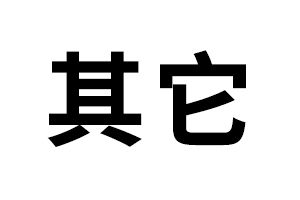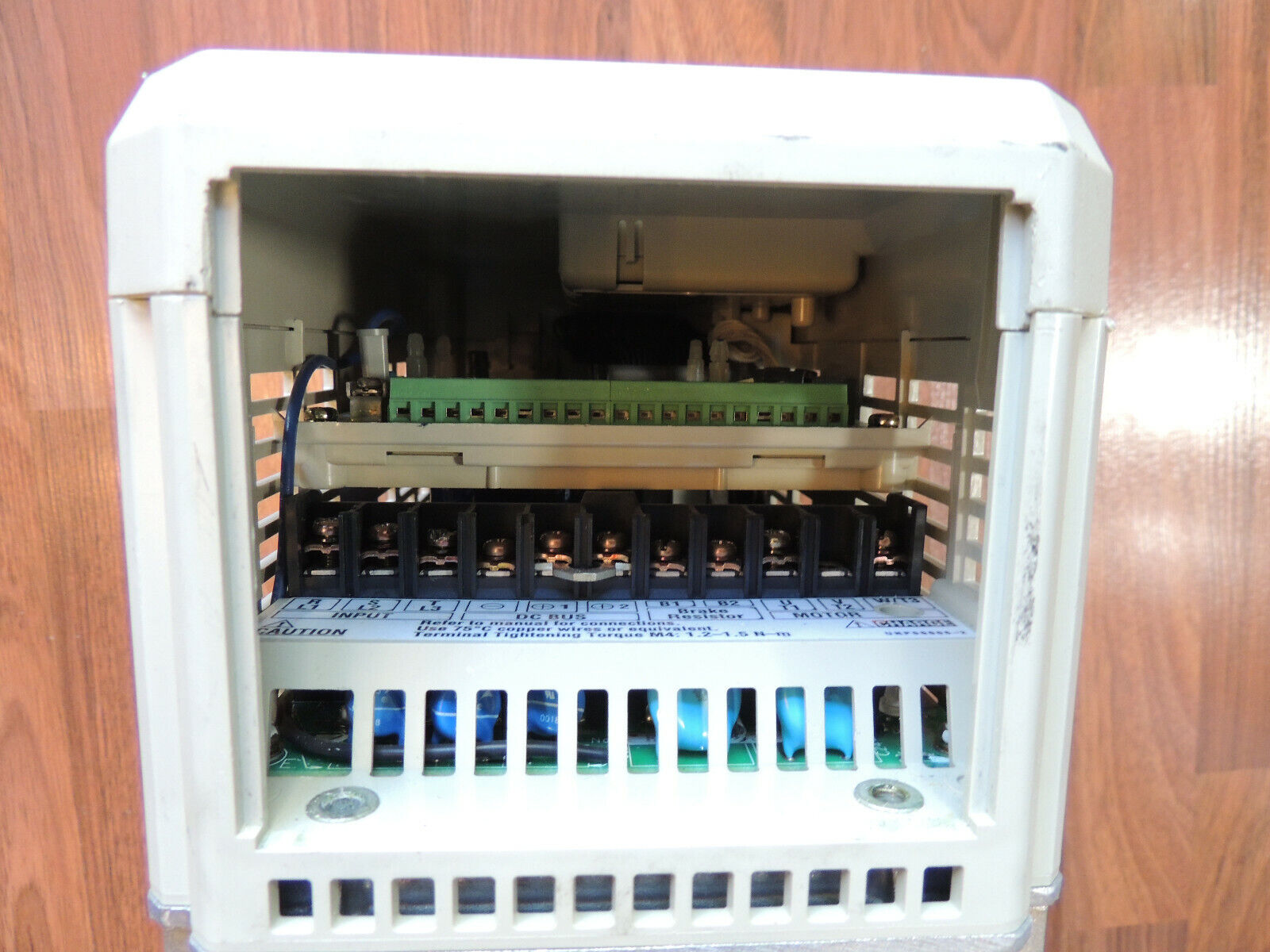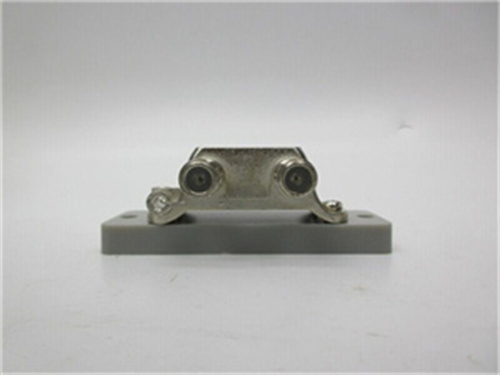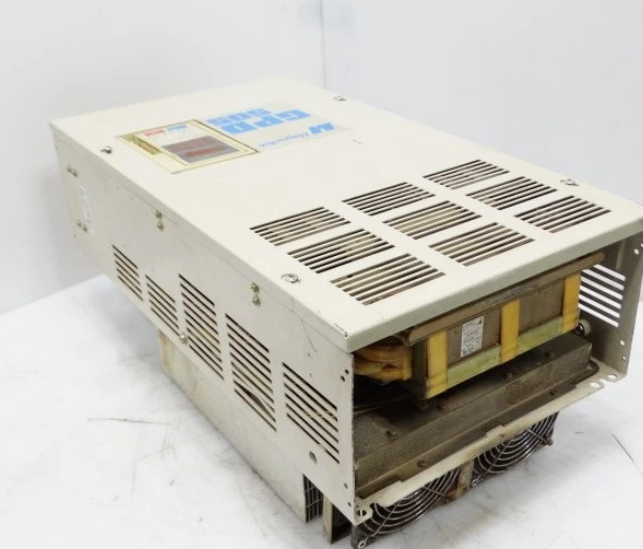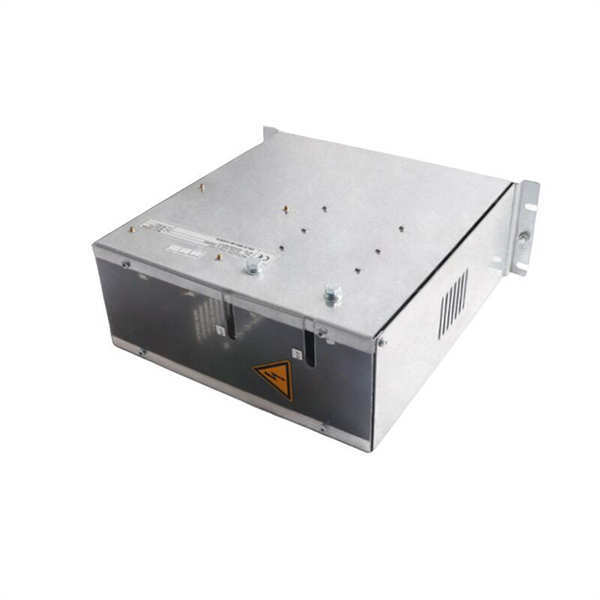描述
产品简要说明
NEW GENUINE YASKAWA ETC620014-S019是一款专为工业电机驱动设计的高性能变频器,核心特性包括:
宽电压输入:支持100-480V AC输入,兼容全球电网标准
高效节能:IE4能效等级,功率因数≥0.99(满载时)
多协议通信:内置Modbus RTU、CANopen及EtherCAT协议栈
产品详细说明
1.核心技术架构
矢量控制技术:
采用无传感器矢量控制算法,动态响应时间≤10ms
支持转矩控制模式(TQC)与速度控制模式(SVC)切换
智能功率管理:
功率因数校正(PFC)技术,谐波含量<5%(THDi)
自适应负载识别功能,自动优化能效曲线
2.硬件设计亮点
散热结构:
双风扇强制风冷设计,噪音≤50dB(A)(满载运行)
工作温度范围-10℃至50℃(可选配高温散热套件)
防护等级:
IP55防护设计,适应油污、粉尘及轻度水雾环境
内置浪涌保护模块(耐受8/20μs脉冲,4kV)
技术规格:NEW GENUINE YASKAWA ETC620014-S019
参数项规格描述
额定功率75kW(3相,400V AC输入)
控制方式V/F控制、无传感器矢量控制、转矩控制
通信接口2×RS-485(Modbus RTU)、1×CANopen、1×EtherCAT
过载能力150%额定电流(1分钟)
防护等级IP55(可升级至IP65)
核心价值与性能亮点
1.节能优势
案例:在水泵系统中,通过变频调速使能耗降低30%(对比工频运行)。
2.工业级可靠性
优势:通过UL/CE/TUV认证,MTBF(平均无故障时间)≥50万小时。
3.智能诊断
功能:内置振动分析模块,可预测轴承故障并提前预警。
应对挑战,创造价值
1.高负载波动场景
方案:在轧机生产线中,通过转矩控制模式稳定输出扭矩±2%波动。
2.多协议协同控制
应用:支持EtherCAT主站与CANopen从站混合组网,适配自动化产线升级需求。
客户关注的焦点
安装规范:建议垂直安装以优化散热,底部预留≥50mm空间
参数配置:首次通电前需通过Yaskawa专用软件(GSDX)初始化参数
维护周期:每半年检查风扇滤网清洁度,防止积尘影响散热效率
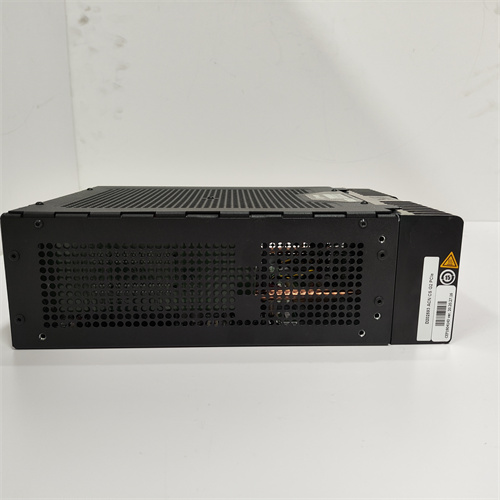
Product brief description
NEW GENUINE YASKAWA ETC620014-S019 is a high-performance frequency converter designed for industrial motor drives.The core features include:
Wide voltage input:Supports 100-480V AC input,compatible with global power grid standards
High efficiency and energy saving:IE4 energy efficiency level,power factor≥0.99(at full load)
Multi-protocol communication:built-in Modbus RTU,CANopen and EtherCAT protocol stack
Product details
1.Core technology architecture
Vector control technology:
Using sensorless vector control algorithm,dynamic response time≤10ms
Supports switching between torque control mode(TQC)and speed control mode(SVC)
Intelligent power management:
Power factor correction(PFC)technology,harmonic content<5%(THDi)
Adaptive load recognition function,automatic optimization of energy efficiency curve
2.Highlights of hardware design
Heat dissipation structure:
Dual fan forced air cooling design,noise≤50dB(A)(full load operation)
Operating temperature range-10℃to 50℃(optional high temperature heat dissipation kit)
Protection level:
IP55 protection design,adapts to oil,dust and light water mist environments
Built-in surge protection module(with 8/20μs pulses,4kV)
Technical Specifications:NEW GENUINE YASKAWA ETC620014-S019
Parameters Specification Description
Rated power 75kW(3 phases,400V AC input)
Control mode V/F control,sensorless vector control,torque control
Communication interface 2×RS-485(Modbus RTU),1×CANopen,1×EtherCAT
Overload capacity 150%rated current(1 minute)
Protection level IP55(can be upgraded to IP65)
Core Valuesand Performance Highlights
1.Energy saving advantages
Case:In the water pump system,energy consumption is reduced by 30%through frequency conversion speed regulation(compared with power frequency operation).
2.Industrial-grade reliability
Advantages:Passed UL/CE/TUV certification,MTBF(average failure-free time)≥500,000 hours.
3.Intelligent Diagnosis
Function:Built-in vibration analysis module,can predict bearing failures and early warning.
Respond to challenges and create value
1.High load fluctuation scenario
Solution:In the rolling mill production line,the output torque fluctuation is stabilized through the torque control mode.
2.Multi-protocol collaborative control
Application:Supports hybrid networking between EtherCAT master and CANopen slaves,adapts to the upgrade requirements of automated production lines.
Customer focus
Installation specifications:vertical installation is recommended to optimize heat dissipation,and≥50mm space is reserved at the bottom.
Parameter configuration:Before the first power-on,the parameters must be initialized through Yaskawa special software(GSDX)
Maintenance cycle:Check the cleanliness of the fan filter every six months to prevent dust accumulation and affect the heat dissipation efficiency

